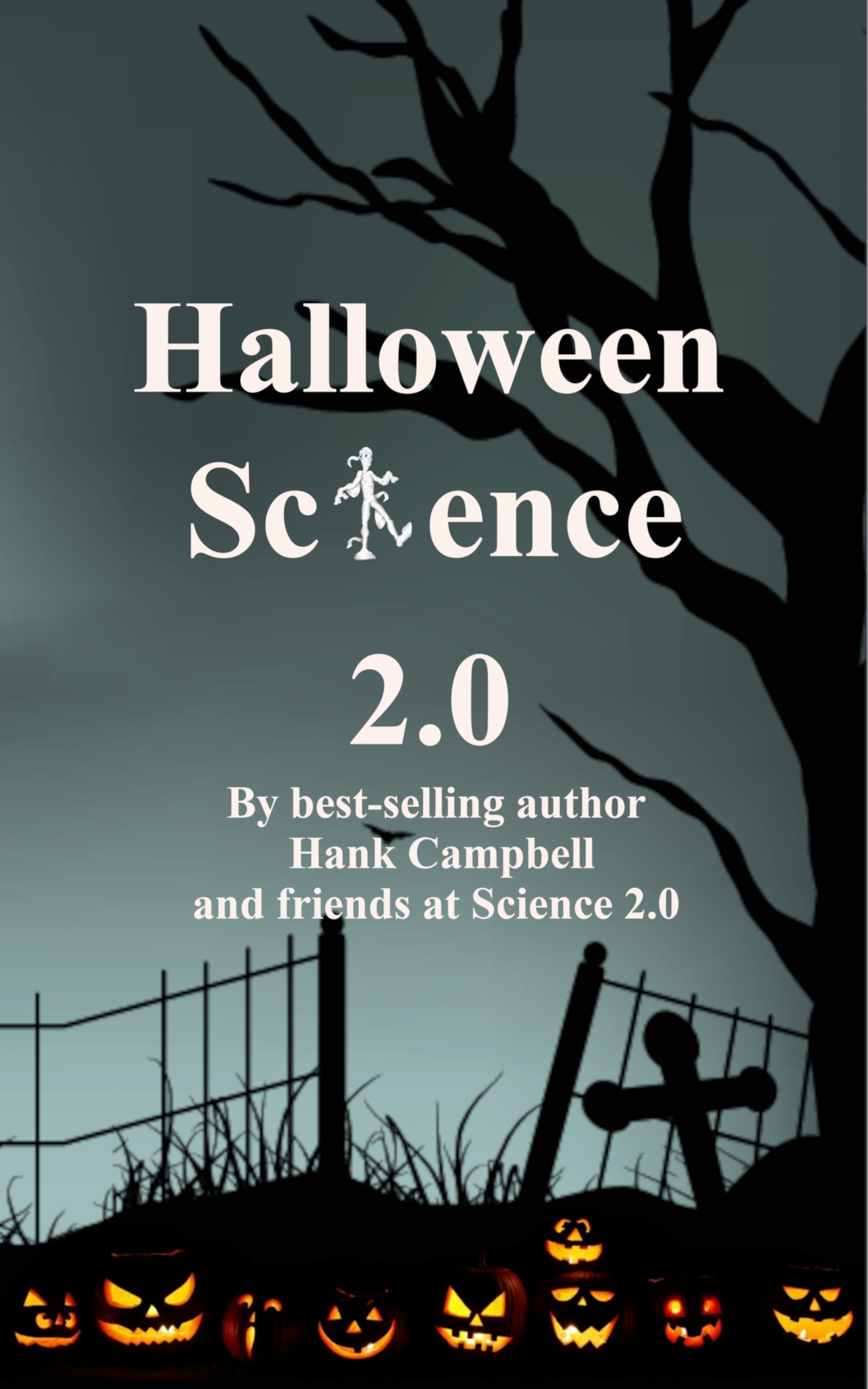Gas turbines are used for the production of electricity and in aircraft engines and they are sprayed with a surface coating to increase their lifespan.
The coating consists of two layers, one of metal to protect against oxidation and corrosion, and one ceramic to give thermal insulation. The structure of the coating varies greatly, consisting of pores and cracks of different sizes. It is these cracks and pores that largely determine the efficiency of the thermal insulation and the length of the coating's life-span.
Researchers at University West (Högskolan Väst) have developed methods to improve this surface coating. Using computer simulation, they have investigated the connection between the structure of the coating and its heat-insulating properties. By controlling the shape, number and size of the cracks in the coating, they have been able to produce a more effective surface coating.
The researchers have also investigated the relation between the surface structure of emerging oxidation and the stresses that are formed between the two layers as a result of the oxidation. These connections have been used to design a system of layers with a longer life-span.
”We have been able to confirm the results from the computer simulation through experiments too. One important result is that larger pores that are interconnected with cracks can give the surface coating layer much better thermal insulation and longer life-span,” says Mohit Gupta, who wrote his doctoral thesis on this subject.
He describes the models he has designed for studying the spreading of oxidation. These models can be used to calculate the stresses between the layers that is caused by oxidation. The results show that these advanced models are a powerful tool for designing new types of coating, with properties that are far superior to those used industrially today.
In Gas Turbines, Some Cracks Are A Good Thing
Related articles
- Zirconia Breakthrough Means 'Self-Renewing' Engine Blades For Airplanes
- New Polymer Coatings Bring Self-Healing Cracks A Step Closer
- Ship Coating That Has An Air Layer Under Water Increases Efficiency
- Foam Polymers Grown Directly From Gases
- E6 Ventures Invests In Novel Coatings Developer, Diamond Hard Surfaces Ltd






Comments